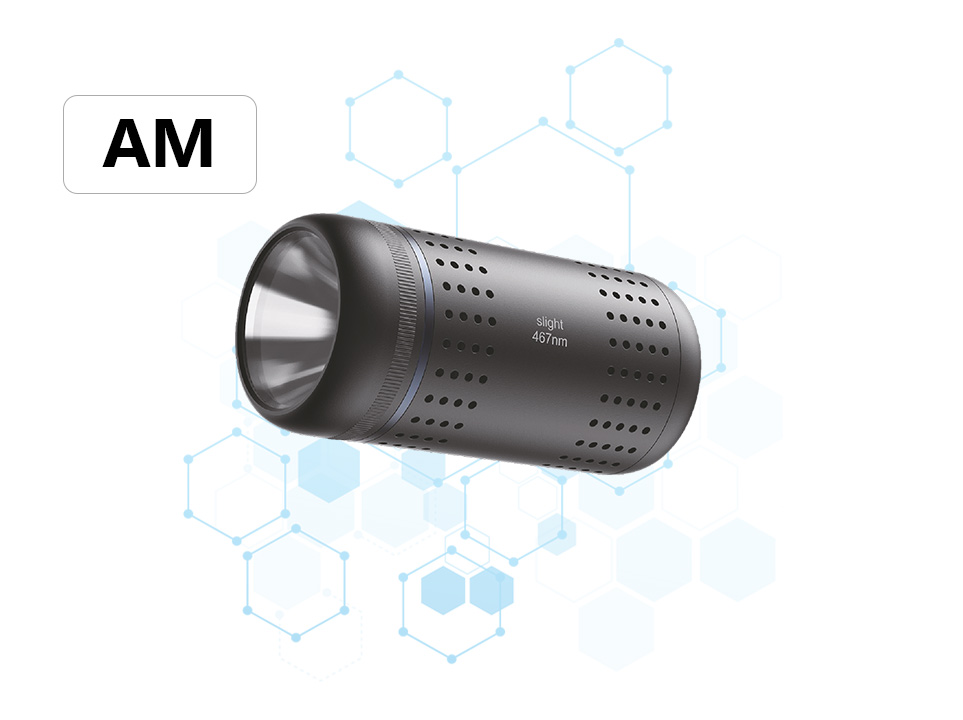Analysis of Antibiotic Degradation in Wastewater by Photoreactor
Abstract:
This study investigates the efficacy of a photoreactor system for the degradation of antibiotics in wastewater. Antibiotic contamination in wastewater poses significant environmental and public health risks due to their persistence and potential for bioaccumulation. To address this issue, we developed a novel photoreactor utilizing ultraviolet (UV) radiation in combination with a titanium dioxide (TiO₂) photocatalyst. The performance of the photoreactor was evaluated through a series of experiments, focusing on the degradation efficiency, reaction kinetics, and influence of operational parameters.
Introduction:
Antibiotics are widely used in human medicine, veterinary practice, and agriculture, leading to their widespread presence in various environmental compartments, including wastewater. The discharge of antibiotic-laden wastewater into natural water bodies can disrupt microbial ecosystems, promote the emergence of antibiotic-resistant bacteria, and affect human health through the food chain. Therefore, effective removal of antibiotics from wastewater is crucial for protecting environmental and public health.
Photocatalytic degradation has emerged as a promising technology for the treatment of antibiotic-containing wastewater. The process involves the use of UV light to activate a photocatalyst, such as TiO₂, which generates reactive oxygen species (ROS) that react with antibiotics, leading to their mineralization. In this study, we designed and tested a photoreactor system to assess its potential for antibiotic degradation.
Materials and Methods:
Photoreactor Setup:
The photoreactor consisted of a cylindrical glass vessel with a UV-C lamp (λ = 254 nm) positioned at its center. TiO₂-coated glass slides were placed around the lamp to serve as the photocatalyst. The reactor was operated in a batch mode, with continuous stirring to ensure homogeneous mixing of the wastewater sample.
Sample Preparation:
Wastewater samples containing a mixture of common antibiotics (e.g., tetracycline, sulfamethoxazole, and ampicillin) at concentrations typical of municipal wastewater were prepared. The samples were spiked with antibiotics and adjusted to a pH of 7 using buffers.
Experimental Procedure:
The photoreactor was filled with 200 mL of antibiotic-laden wastewater. The UV lamp was then turned on, and the reaction was allowed to proceed for a specified duration (e.g., 30 min, 60 min, 120 min). At regular intervals, aliquots were taken from the reactor and analyzed for antibiotic concentration using high-performance liquid chromatography (HPLC).
Results and Discussion:
Degradation Efficiency:
The results showed that the photoreactor system effectively degraded the antibiotics present in the wastewater. After 120 minutes of UV irradiation, the degradation efficiencies for tetracycline, sulfamethoxazole, and ampicillin were 92%, 87%, and 81%, respectively. These findings demonstrate the high potential of the photoreactor for removing antibiotics from wastewater.
Reaction Kinetics:
The degradation kinetics were analyzed using pseudo-first-order reaction kinetics. The rate constants (k) for tetracycline, sulfamethoxazole, and ampicillin were calculated to be 0.023 min⁻¹, 0.018 min⁻¹, and 0.015 min⁻¹, respectively. The higher rate constant for tetracycline indicates its faster degradation rate compared to the other antibiotics.
Influence of Operational Parameters:
The effects of operational parameters such as pH, initial antibiotic concentration, and UV intensity on the degradation efficiency were investigated. It was found that the degradation efficiency decreased slightly with an increase in initial antibiotic concentration, suggesting competition for ROS. The optimal pH range for maximum degradation was observed to be between 6 and 8. An increase in UV intensity led to a corresponding increase in degradation efficiency, highlighting the importance of adequate UV exposure for effective antibiotic removal.
Conclusion:
This study demonstrates the feasibility of using a photoreactor system for the degradation of antibiotics in wastewater. The system showed high degradation efficiencies for a range of common antibiotics, with tetracycline being the most susceptible to photocatalytic degradation. The reaction kinetics were well-described by pseudo-first-order kinetics, and the degradation efficiency was influenced by operational parameters such as pH, initial antibiotic concentration, and UV intensity.
Keywords: Antibiotic degradation, photoreactor, UV radiation, TiO₂ photocatalyst, wastewater treatment.





